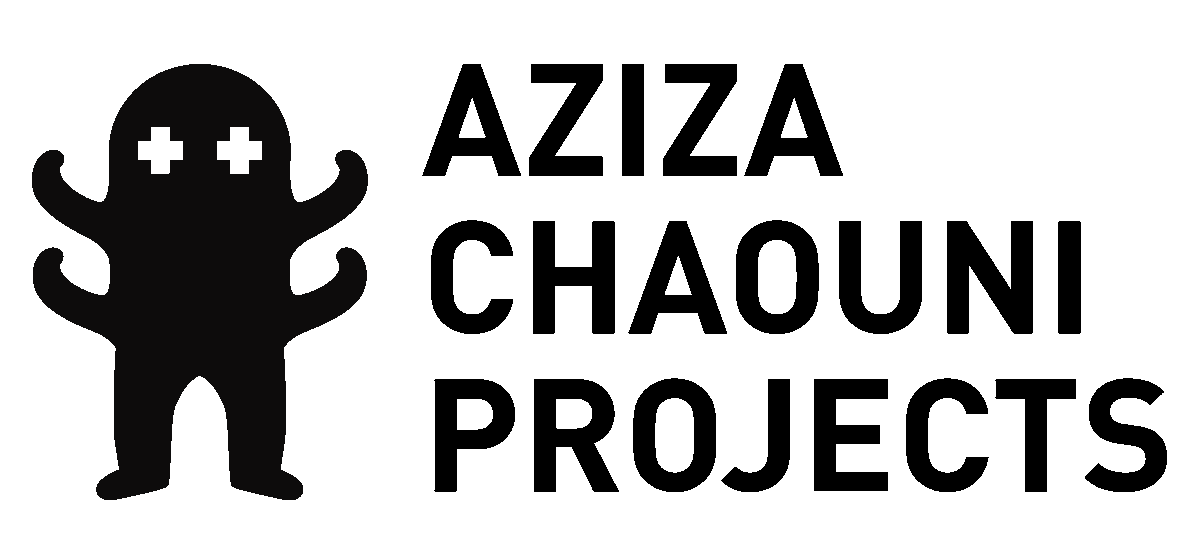Fez River Rehabilitation Project
Urbanism
In 2007, the Department of Water and Electricity of the city of Fez (RADEEF) started implementing a new piece of sewage infrastructure that made it possible to channel the city's wastewater to two treatment plants. Due to this change, the Fez River that crosses the Medina of Fez stopped receiving wastewater and regained its potential for public utility. If these initiatives are approved and the river banks are rehabilitated, the impact of improved sewage infrastructure will be significant within the Medina of Fez's unique historical and cultural urban context. The Medina of Fes currently lacks open public spaces, and is experiencing rapid environmental deterioration due to over-densification and the aging of public infrastructure.
To support its current initiative, RADEEF asked Aziza Chaouni and Takako Tajima to propose a rehabilitation plan for the river as well as acupunctural interventions along its banks within the most critical site, the Medina.
The resulting proposal was a strategic plan that addressed not only the ecology of the river but also the social and economic concerns of the city. It operated on two scales: the city scale and the site scale. Based on an in-depth analysis of the urban and ecological context of Fez, the city-wide project (the city of Fez including the new city and the medina) is a master plan with recommended measures to improve the quality of the regional water. Depending on the geomorphology of the soil, levels of water pollution, the adjacent urban fabric and ecological systems, different tactics of rehabilitation are implemented in a targeted manner, such as the restoration of canals, built wetlands, the restoration of the banks and rainwater retention basins.





